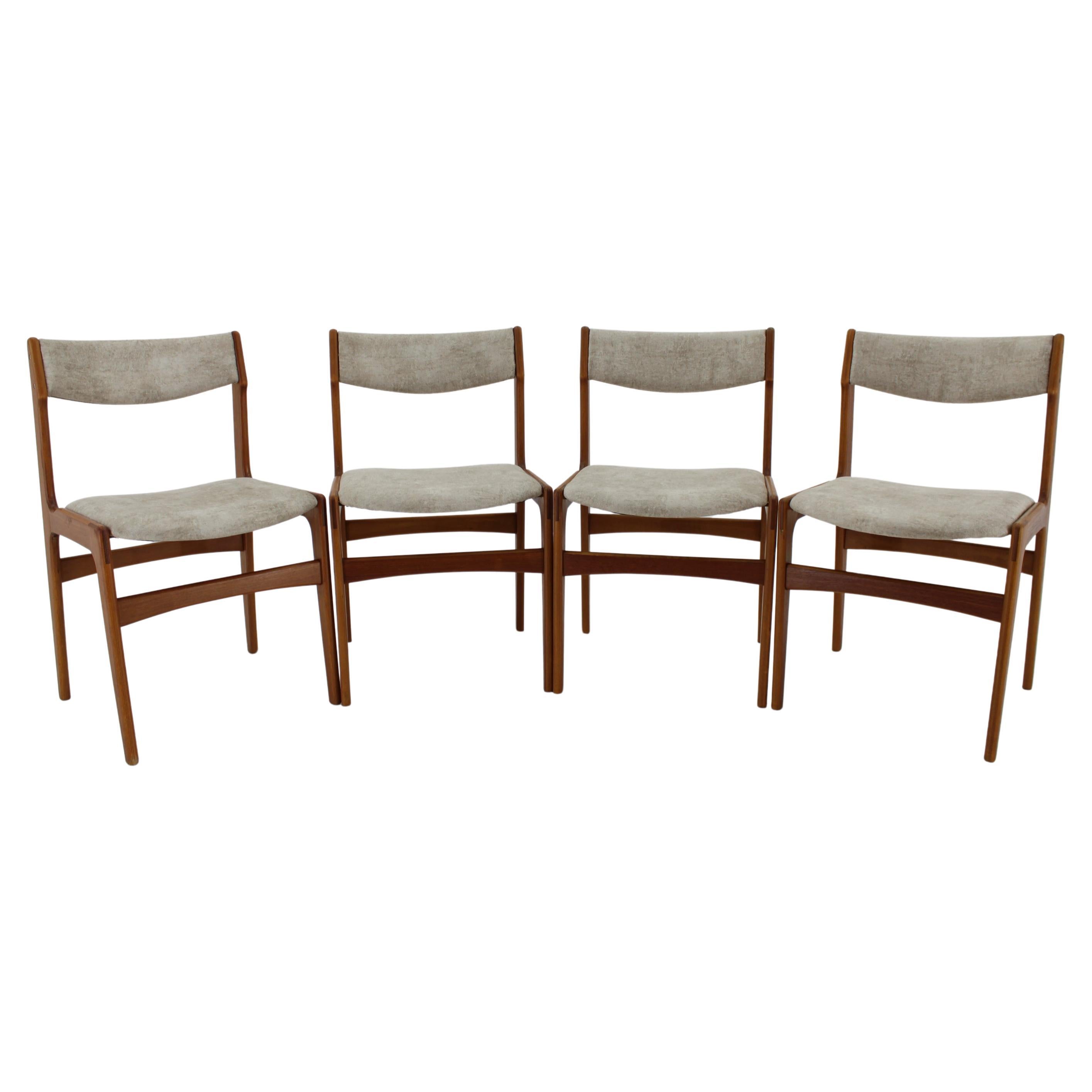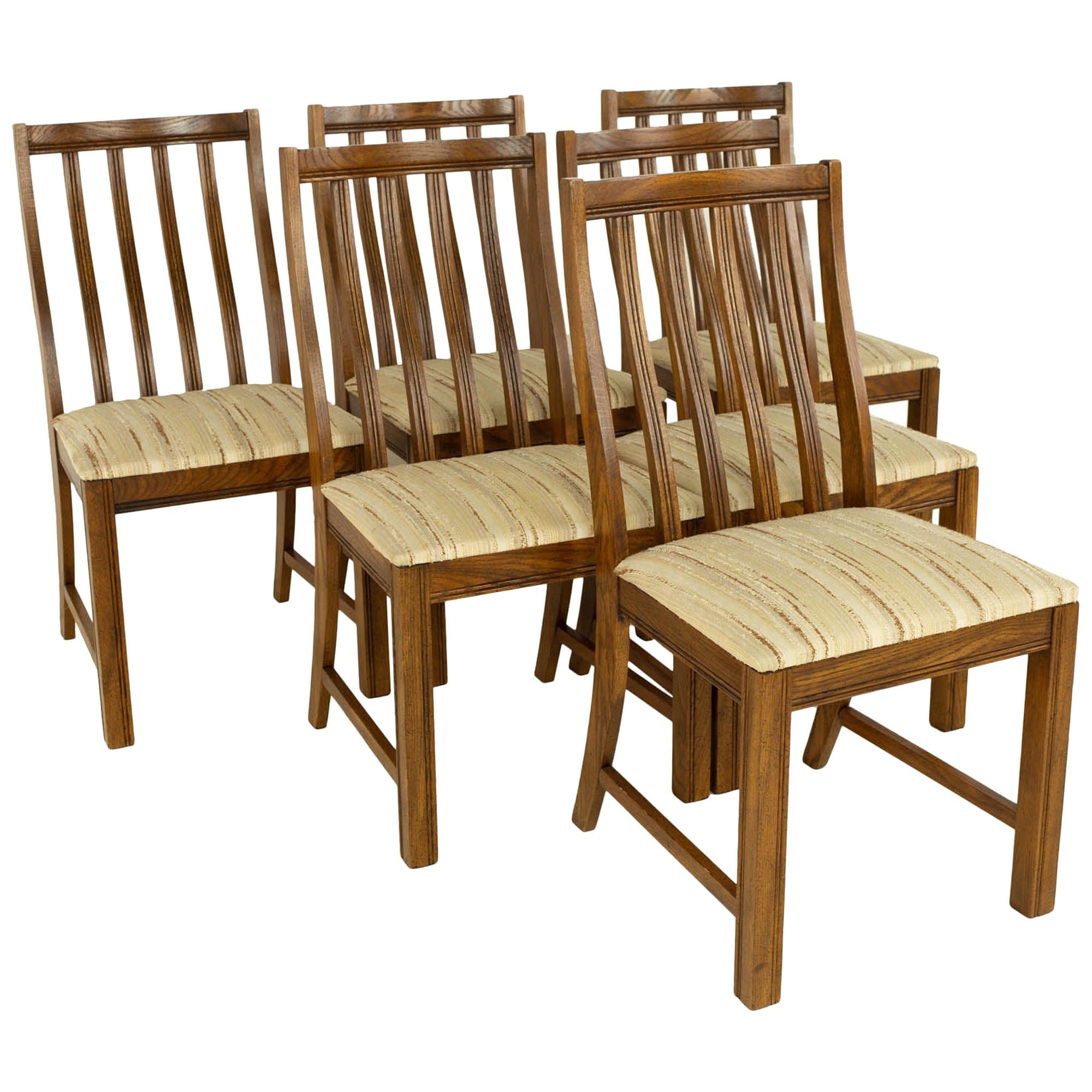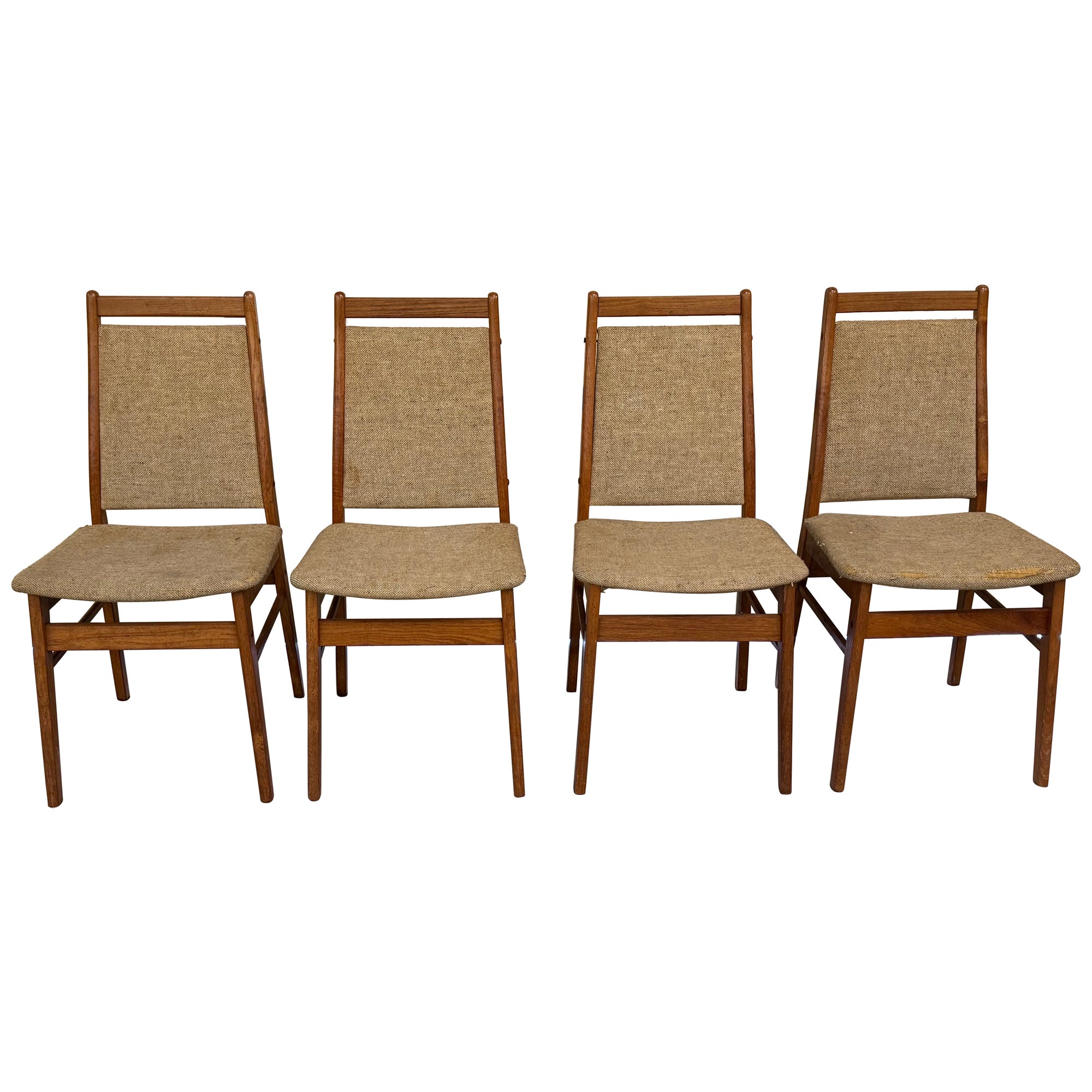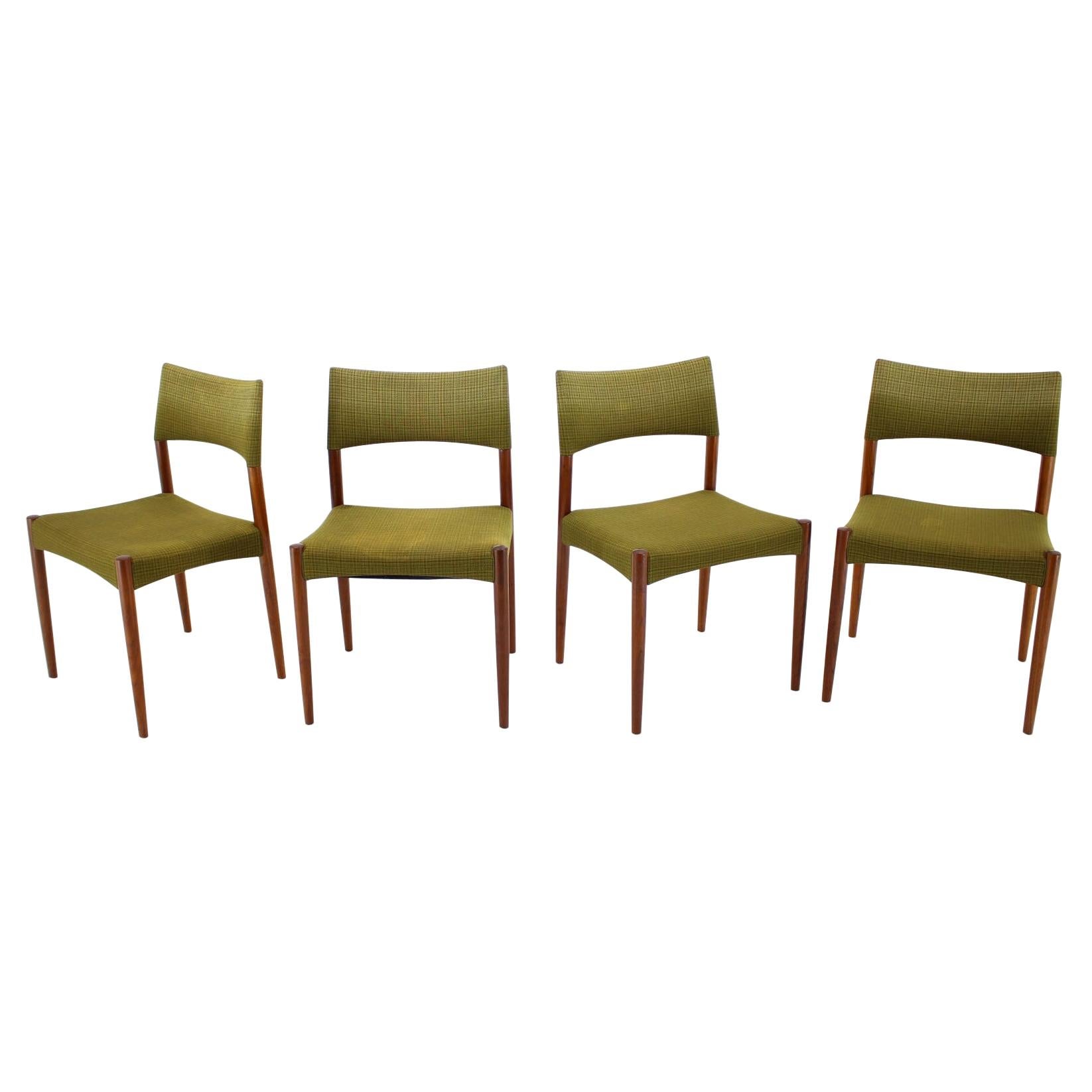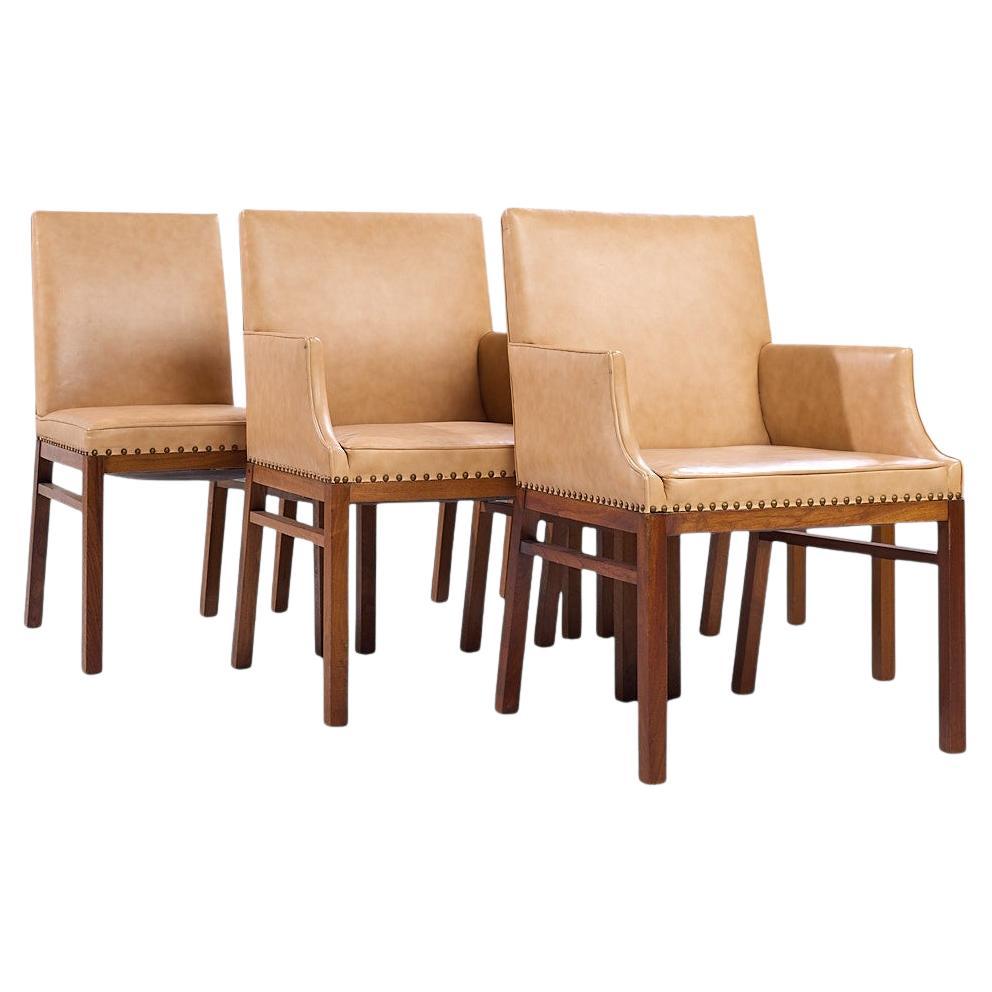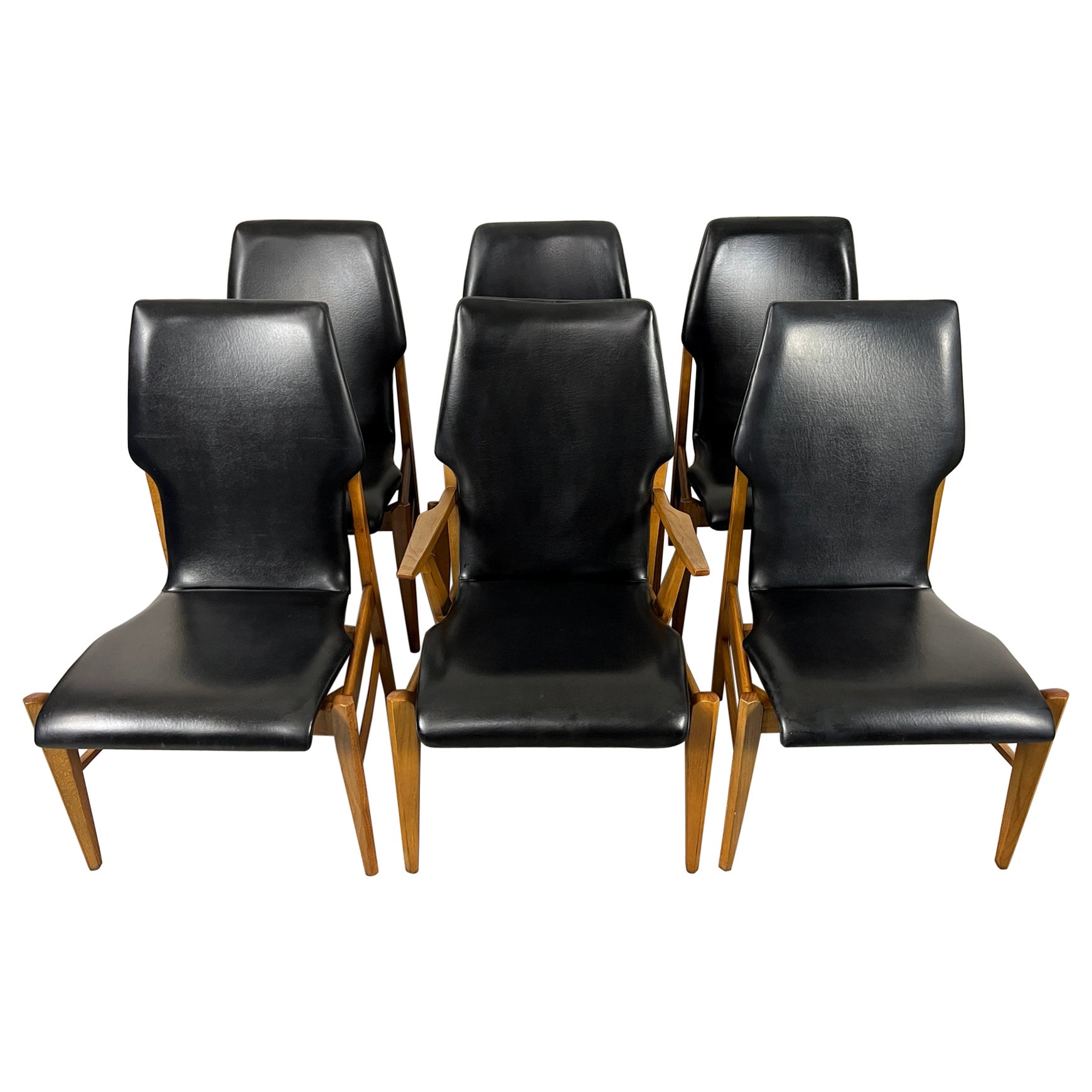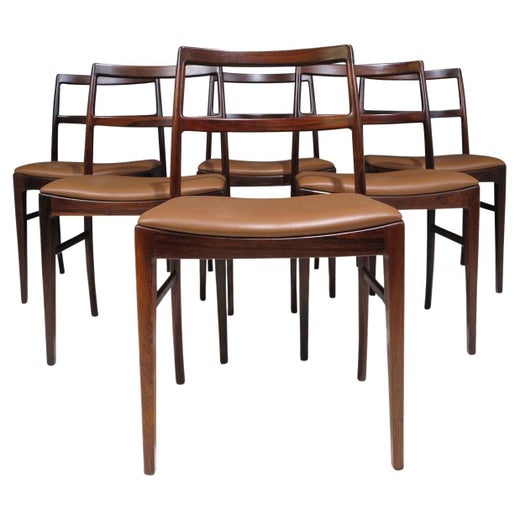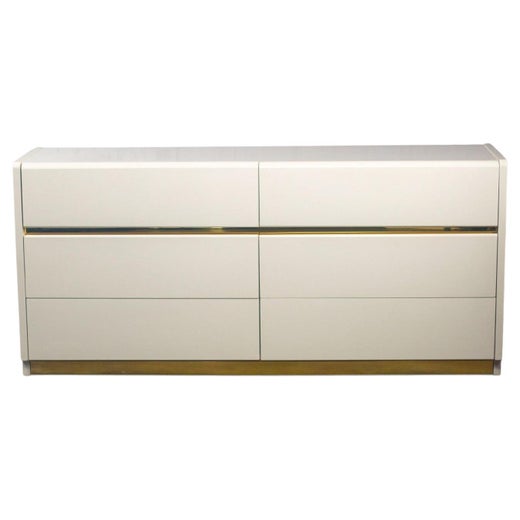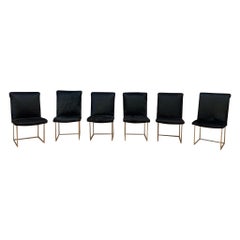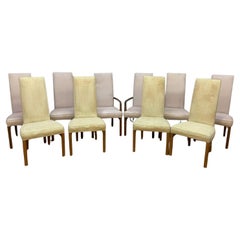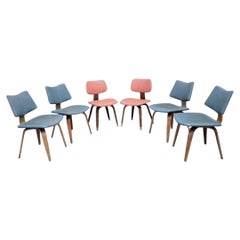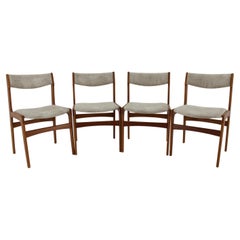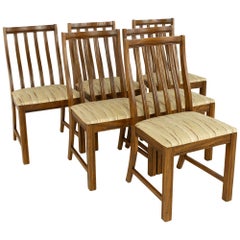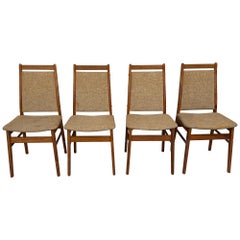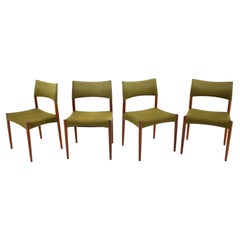MCM Arne Vodder for Lane Furniture Walnut High Back Dining Chairs - Set of 4
About the Item
- Creator:Lane Furniture (Manufacturer),Arne Vodder (Designer)
- Dimensions:Height: 38 in (96.52 cm)Width: 23 in (58.42 cm)Depth: 24 in (60.96 cm)Seat Height: 18 in (45.72 cm)
- Sold As:Set of 4
- Style:Mid-Century Modern (In the Style Of)
- Materials and Techniques:
- Place of Origin:
- Period:
- Date of Manufacture:1960
- Condition:Wear consistent with age and use. Good vintage condition Please be aware that most of the items are vintage/antique and may have small defects or signs of age. However, we strive to provide clear and honest descriptions and photographs for every item. Please contact us for anything.
- Seller Location:Chicago, IL
- Reference Number:1stDibs: LU6791235348742
Arne Vodder
Along with Vernor Panton, cabinetmaker and architect Arne Vodder was a leading light of what might be called the “second generation” of forward-thinking 20th-century Danish furniture designers — those who, following in the footsteps of Hans Wegner, Arne Jacobsen, Finn Juhl and others, first applied the skills, traditions and philosophical tenets of Scandinavian craftsmanship to a modern furniture idiom.
Vodder was a graduate student in architecture trained by Juhl, a pioneer of furniture design credited with igniting the Scandinavian modernist movement that swept like wildfire across the United States in the postwar era. Vodder made his mark in the 1960s, when modern design had gained wide acceptance, particularly in the business world. Accordingly, many of Vodder's chairs, created for manufacturers such as France & Søn, Fritz Hansen and Sibast, are quiet in form — projecting an air of sturdiness and strength, rather than avant-garde styling.
Vodder’s aesthetic flair is very pronounced in his vintage cabinets and storage pieces — sideboards, bookcases, credenzas and buffets. In such pieces, the designer liked to play with asymmetry.
Vodder’s bookcases often have a seemingly random array of variously sized shelves and nooks. A typical Vodder sideboard of the mid-century period — his classic Model 29 case piece is known to collectors — might have four sections, each different in purpose and look: an open stack of vertical shelves, and other cupboards covered with sliding panels in contrasting colored laminates and wood veneers.
As you will see from the works on 1stDibs, Vodder had a sense of what kind of design was appropriate for which space: sobriety in the boardroom; playfulness at home.
Find vintage Arne Vodder furniture for sale on 1stDibs.
Lane Furniture
When the first iteration of the Lane Furniture company began to produce its now-famous Lane cedar chests in the early 20th century, the family behind the brand was unsure of how successful they’d be, so they initially didn’t bother adding their name to the offerings.
The manufacturer was off to a modest start but the family was industrious: The Lanes were made up of farmers and contractors who’d built more than 30 miles of the Virginian railroad. They owned a cotton mill and purchased thousands of acres of land in Campbell County, Virginia, where the Virginian railroad was intended to cross the main line of the Southern Railway.
The Lanes hoped to start a town in this region of the state, and by 1912, streets for the town of Altavista had been laid out and utility lines were installed. In the spring of that year, John Lane purchased a defunct box factory at a bankruptcy auction. His son, Edward Hudson Lane, was tasked with the manufacturing of the cedar “hope” chests for which the Lane family would become known, even though the company was initially incorporated as the Standard Red Cedar Chest Company.
The Standard Red Cedar Chest Company struggled in its early days but introduced an assembly system at its small factory after securing a contract with the federal government to produce ammunition boxes made of pine during World War I. The company prospered and applied mass-production methods to its cedar-chest manufacturing after the war, and, in 1922, rebranding as the Lane Company, it implemented a national advertising campaign to market its products.
Ads tied the company’s strong cedar hope chests to romance. Anchored by copy that read “The gift that starts the home,” the campaign rendered a Lane cedar chest a necessary purchase for young women to store linens, clothing and keepsakes as they prepared to marry.
Wartime production during World War II had Lane producing aircraft parts. In the 1950s, the family-owned company began to branch out into manufacturing tables, bedroom pieces and other various furnishings for the entire home. Today, the brand’s vintage mid-century furniture — which includes the Perception, Tuxedo and Acclaim collections — is highly sought after.
Designed by Andre Bus, Lane’s Acclaim furniture collection of coffee tables, end tables, dressers and more has been compared to Drexel’s wildly popular Declaration series for its blend of traditional craftsmanship and the impeccably clean contours that are frequently associated with the best of mid-century modern design.
Ads for the Acclaim line suggested that it included “probably the best-selling table in the world.” Before its offerings expanded to include items for the bedroom and dining room, Lane was primarily known for its tables and case pieces — there are side tables, coffee tables and more created by Bus in the Acclaim collection, each sporting graceful tapered legs and dovetail inlays.
Later, during the 1960s, Lane offered handsome modular wall units created by the likes of Paul McCobb, an award-winning Massachusetts-born designer best known for his work at Directional.
The company was acquired by United Furniture Industries in 2017 and became particularly well-known among contemporary consumers for its upholstered furniture. In 2022 United abruptly closed and ceased operations at Lane.
Vintage Lane furniture is generally characterized by relatively neutral styles, which are versatile in different kinds of interiors, as well as good quality woods and careful manufacturing. All of these attributes have made Lane one of the most recognizable names in American furniture.
Browse storage cabinets, side tables and other vintage Lane furniture on 1stDibs.
- ShippingRetrieving quote...Shipping from: Chicago, IL
- Return Policy
More From This Seller
View AllMid-20th Century American Mid-Century Modern Dining Room Chairs
Chrome
Mid-20th Century Unknown Mid-Century Modern Dining Room Chairs
Walnut
Mid-20th Century Unknown Mid-Century Modern Dining Room Chairs
Bentwood
Late 20th Century Unknown Modern Dining Room Chairs
Hardwood
2010s American Modern Dining Room Chairs
Fabric, Wood
Mid-20th Century American Mid-Century Modern Dining Room Chairs
Metal
You May Also Like
Vintage 1960s Danish Mid-Century Modern Dining Room Chairs
Fabric, Upholstery, Wood, Teak
Vintage 1970s American Mid-Century Modern Dining Room Chairs
Upholstery, Walnut
Mid-20th Century American Mid-Century Modern Dining Room Chairs
Teak
Vintage 1960s Danish Mid-Century Modern Dining Room Chairs
Teak, Fabric
Mid-20th Century American Mid-Century Modern Dining Room Chairs
Upholstery, Walnut
Mid-20th Century North American Mid-Century Modern Dining Room Chairs
Upholstery, Oak, Walnut
